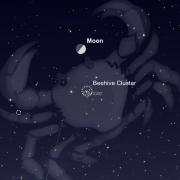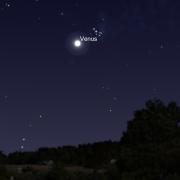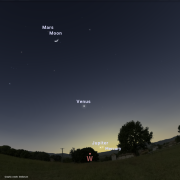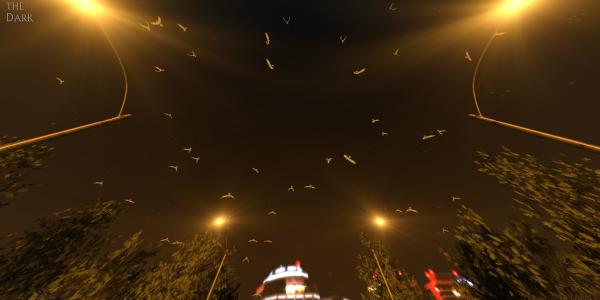Looking for an astronomy fix? We've got you covered.
Interested in stargazing? Visit Sommers-Bausch Observatory (next to Fiske) --- the observatory provides free open houses throughout the year.
Photo of the Veil Nebula courtesy of Stephan Abraas, Stargate Observatory
















